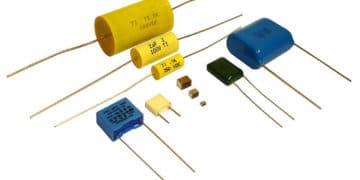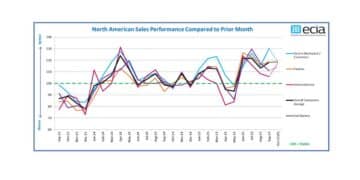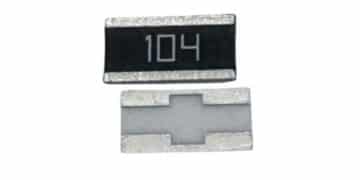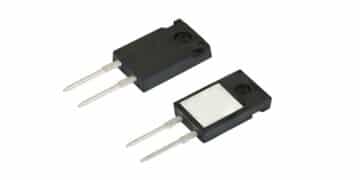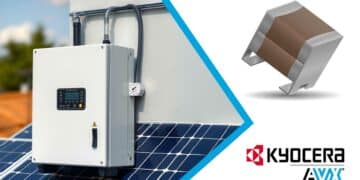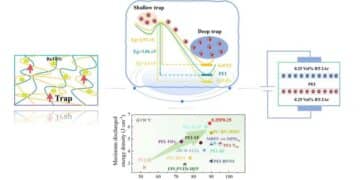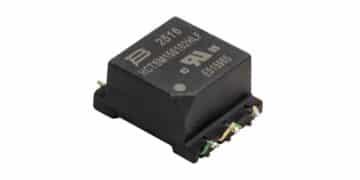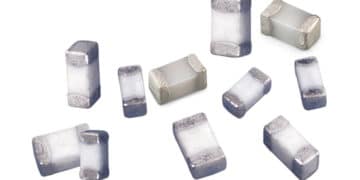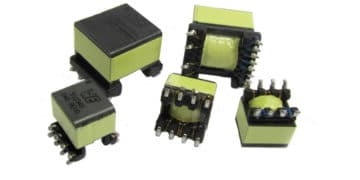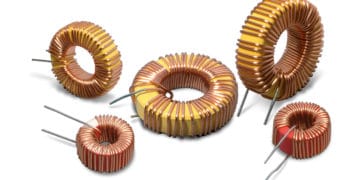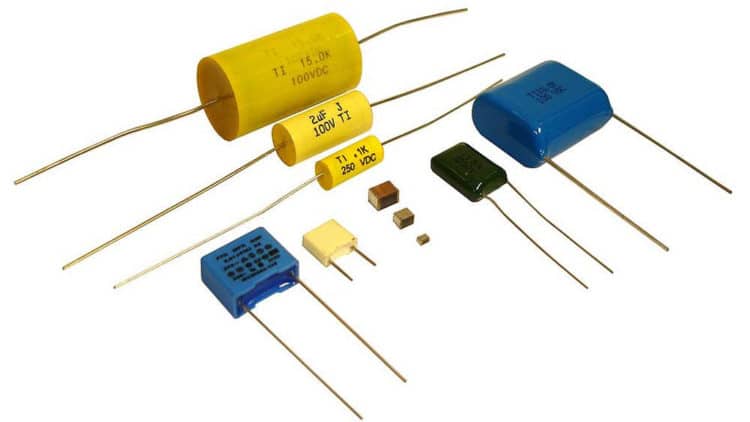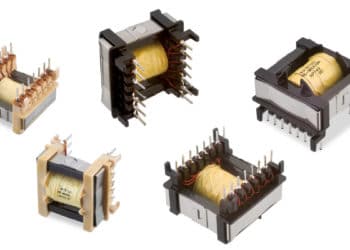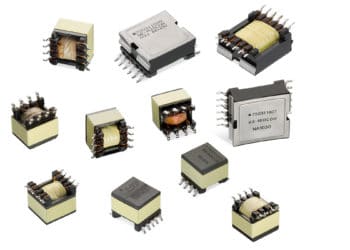C 2.8 COMPARISON DIAGRAMS, ORGANIC DIELECTRICS
This page summarizes basic overview of film and foil organic dielectric capacitors.
The various dielectric types were described in more details on previous pages:
- POLYESTER (PET) / KT / MKT and POLYETHYLENE NAPHTALATE (PEN) Organic Dielectric Capacitors
- POLYPROPYLENE (PP) / KP / MKP and POLYCARBONATE (PC) / KC / MKC Organic Dielectric Capacitors
- POLYSTYRENE (PS), POLYPHENYLENE SULFIDE (PPS), TEFLON (PTFE) and POLYSULFONE (PSU) Organic Dielectric Capacitors
More data on organic dielectric materials can be also found in the following article and its references:
What is a Dielectric Constant of Plastic Materials ?
ORGANIC DIELECTRIC COMPARISON CHARTS
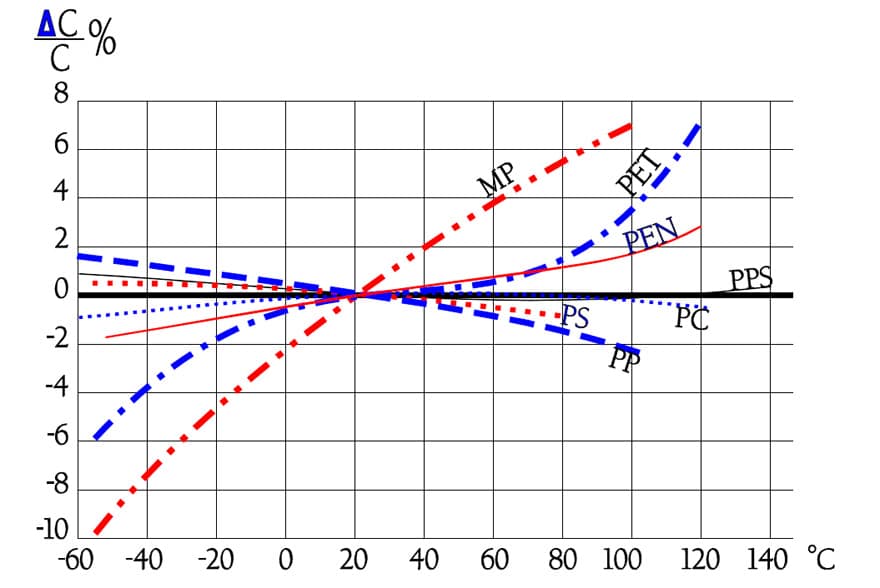
Figure C2-66. Comparison of the temperature dependence of capacitance for organic dielectrics in foil or metallized design. Typical curves.
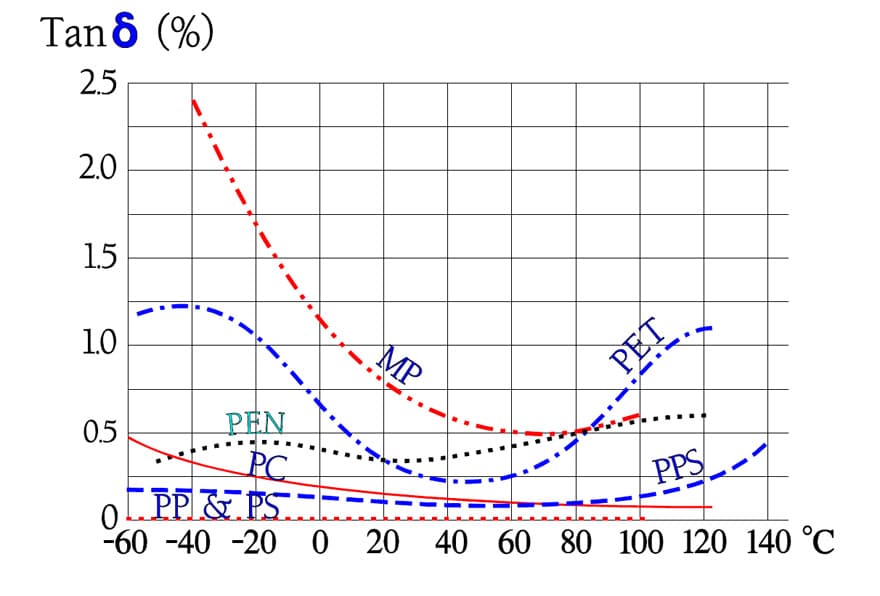 Figure C2-67. Comparison of Tanδ versus temperature for different organic materials.
Figure C2-67. Comparison of Tanδ versus temperature for different organic materials.

Figure C2-68. Comparison of the frequency dependence of the capacitance for organic dielectrics. Typical curves.
featured image credit: Tecate
ABC of CLR: Chapter C Capacitors
Film and Foil Organic Capacitors Comparison Charts
EPCI licenced content by:
[1] EPCI European Passive Components Institute experts original articles
[2] CLR Passive Components Handbook by P-O.Fagerholt*
*used under EPCI copyright from CTI Corporation, USA

This page content is licensed under a Creative Commons Attribution-Share Alike 4.0 International License.
see the previous page:
< Page 11 >
see the next page:
